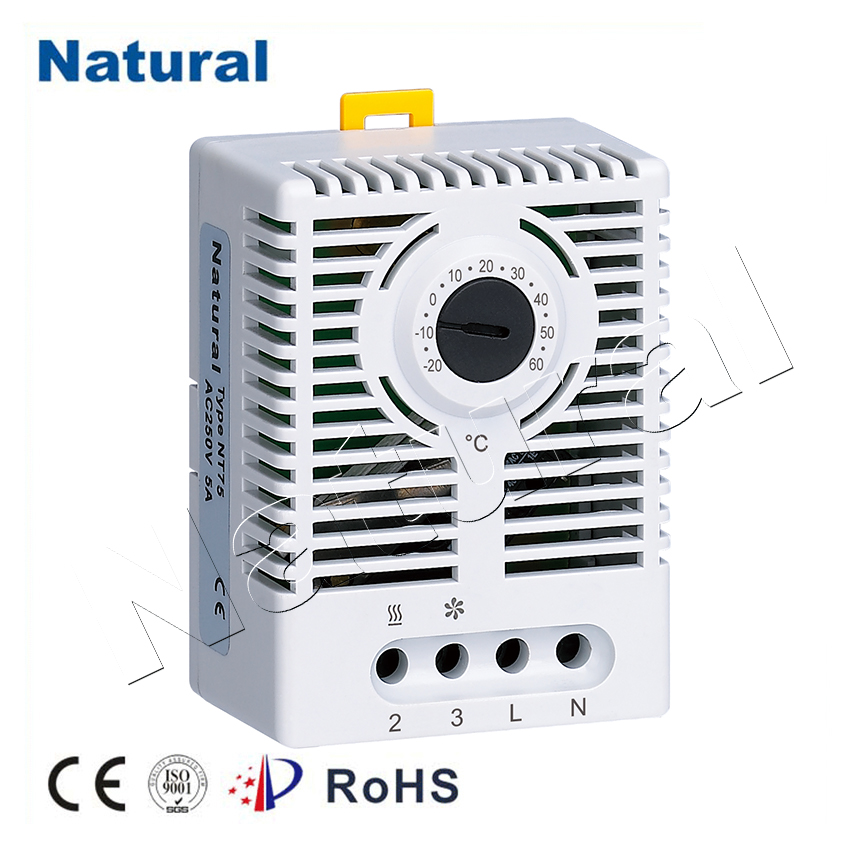Introduction

In the realm of modern technology, our lives are intricately woven with devices that make our environments more comfortable and efficient. Among these innovations, thermostats play a pivotal role in regulating temperature. One specific type of thermostat, known as the “normally open thermostat,” stands out for its unique design and functionality. In this article, we will delve into the world of normally open thermostats, understanding their operation, benefits, and applications. Understanding the Normally Open Thermostat A normally open thermostat, also referred to as a NO thermostat, operates on a fundamental principle that sets it apart from its counterparts. Unlike conventional thermostats, which are typically “normally closed,” meaning the circuit is complete when the set temperature is reached, a normally open thermostat works in the opposite manner. It maintains an open circuit when the temperature is below the desired threshold and closes the circuit when the temperature rises to the set point. Functionality and Operation The operation of a normally open thermostat centers around a bimetallic strip, a vital component that reacts to temperature changes. This strip is composed of two different metals with varying coefficients of thermal expansion. As the ambient temperature fluctuates, the metals expand or contract at different rates, causing the strip to bend. When the temperature is below the set point, the bimetallic strip remains straight, preventing the electrical contacts from touching and keeping the circuit open. However, as the temperature rises and the strip bends, the contacts come into contact, closing the circuit and activating the connected heating or cooling system. Benefits and Applications Energy Efficiency: One significant advantage of a normally open thermostat is its energy efficiency. By remaining open when the temperature is lower than the desired level, it avoids unnecessary activation of heating or cooling systems. This prevents overworking the system and reduces energy consumption. Freeze Protection: Normally open thermostats find valuable use in freeze protection applications. They can be incorporated into systems that need to be activated only when the temperature drops to a critical low, such as preventing pipes from freezing in cold environments. Safety: In certain scenarios, safety is paramount. Normally open thermostats can be employed to trigger ventilation systems or alarms when temperatures become excessively high, preventing potential hazards. Agricultural and Industrial Applications: These thermostats are essential in various sectors, including agriculture and industry, where maintaining specific temperature ranges is crucial for processes, equipment, or livestock. Conclusion In a world increasingly reliant on technology, the normally open thermostat offers a unique approach to temperature regulation. Its ingenious design, utilizing the properties of bimetallic materials, ensures efficient and precise control over heating and cooling systems. The benefits of energy efficiency, freeze protection, and safety make it a valuable component in various applications. As technology continues to evolve, innovations like the normally open thermostat remind us of the beauty of simplicity in solving complex challenges.